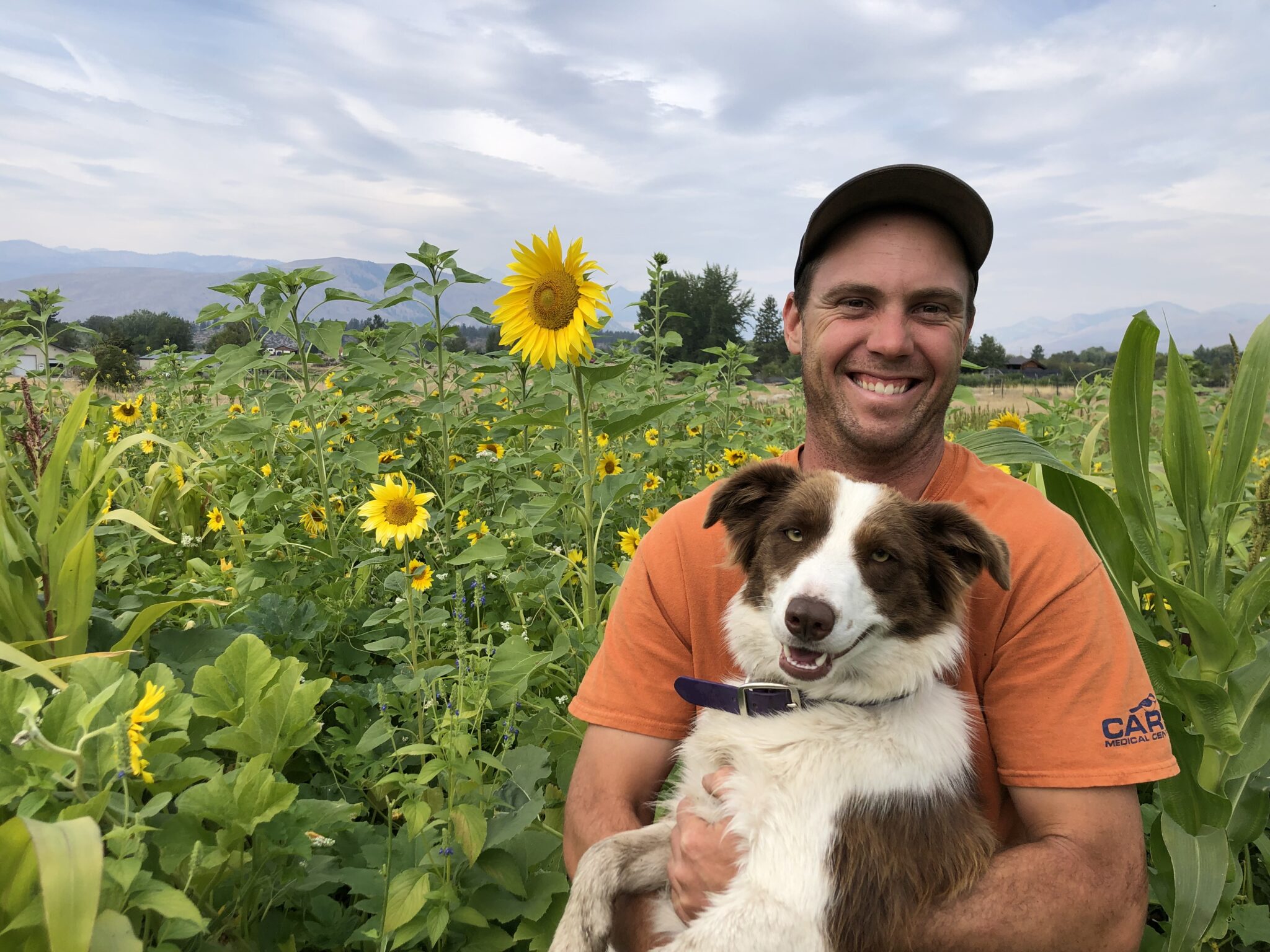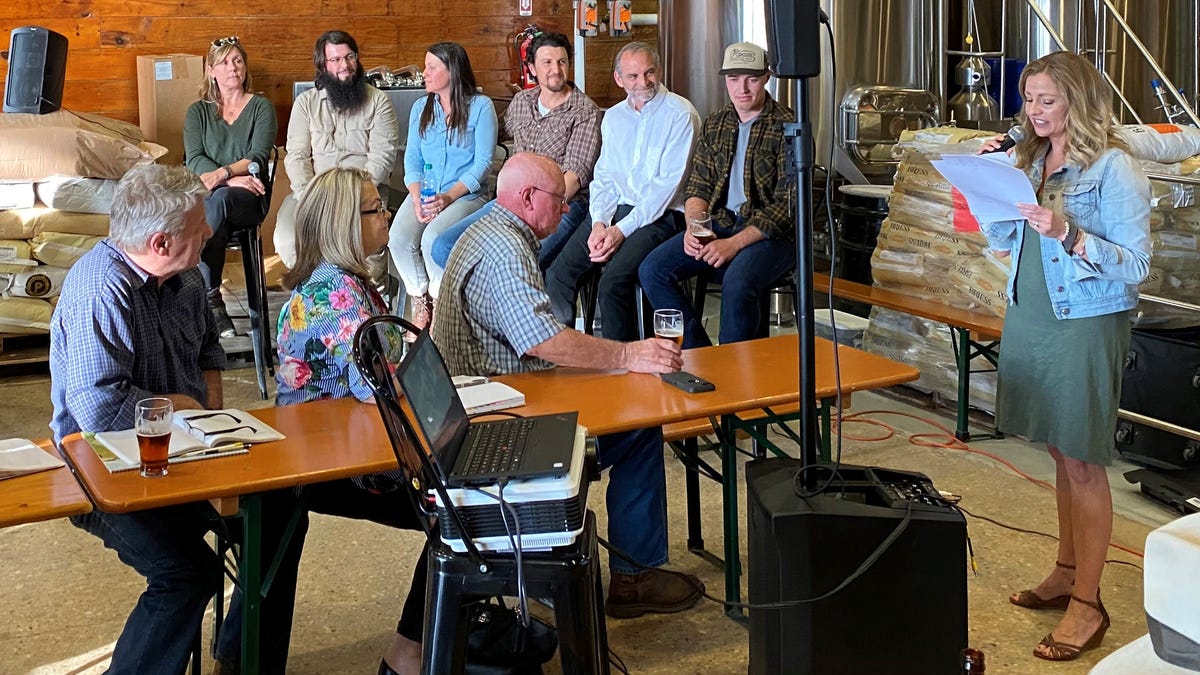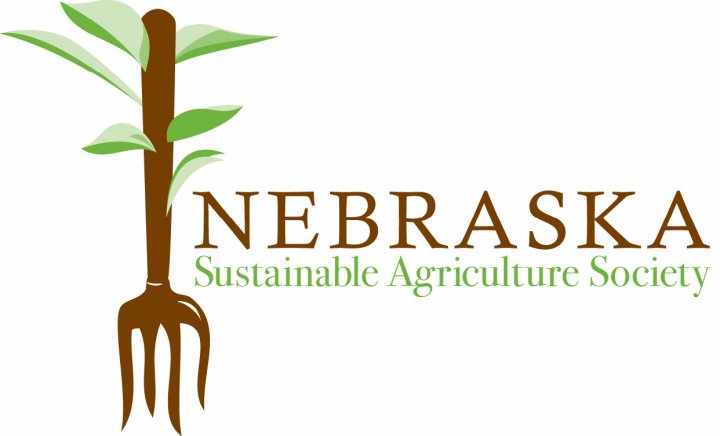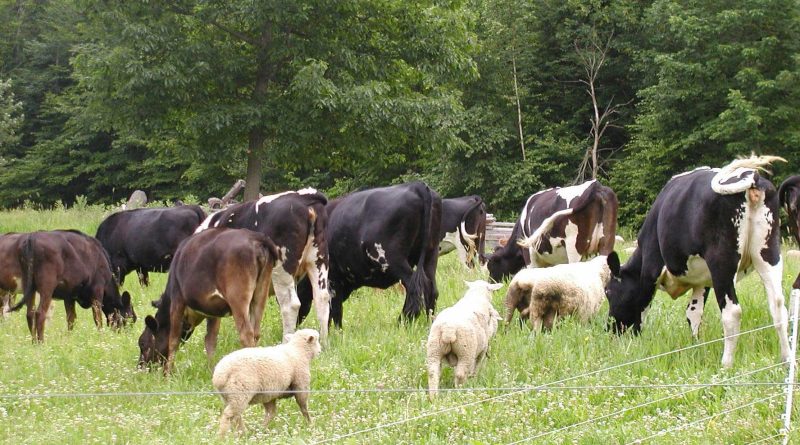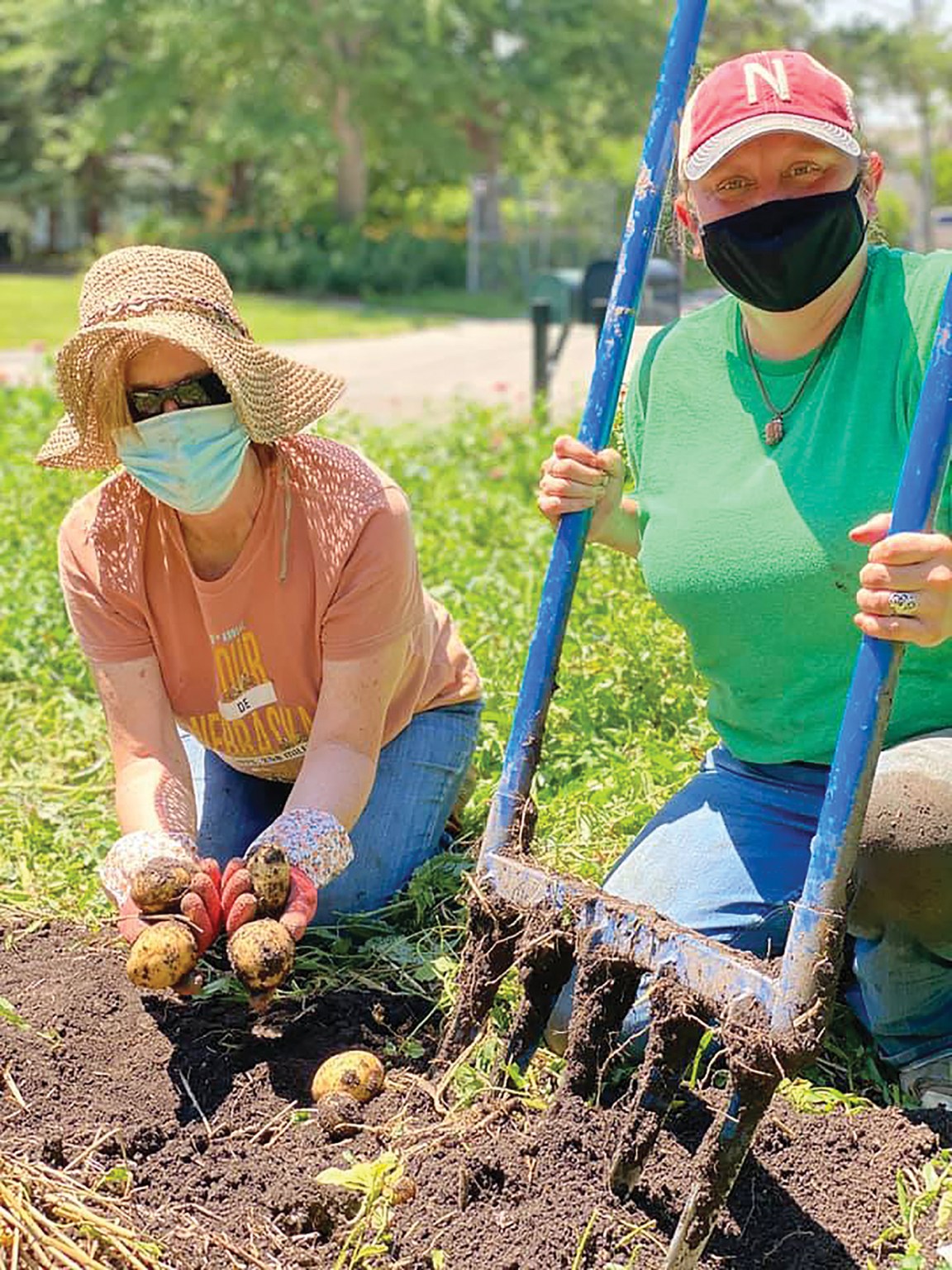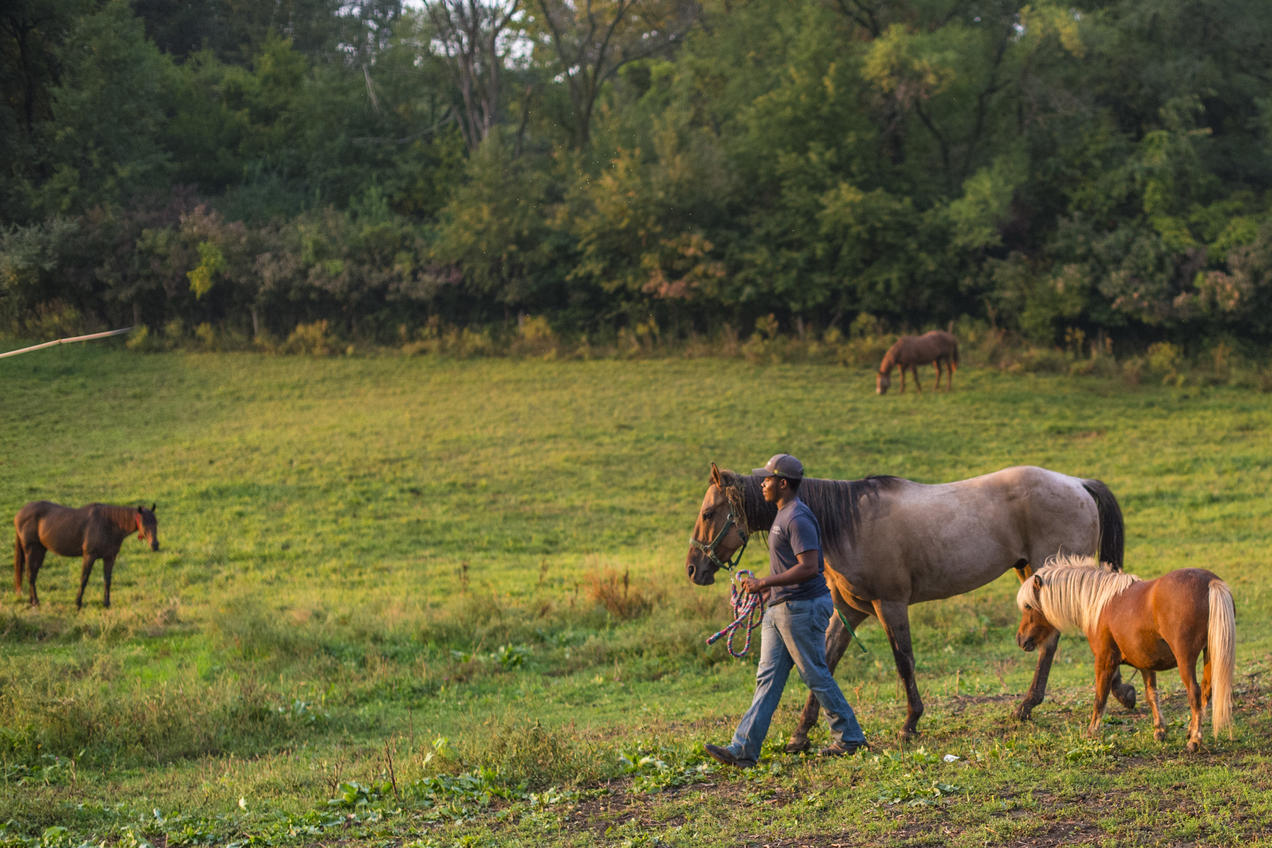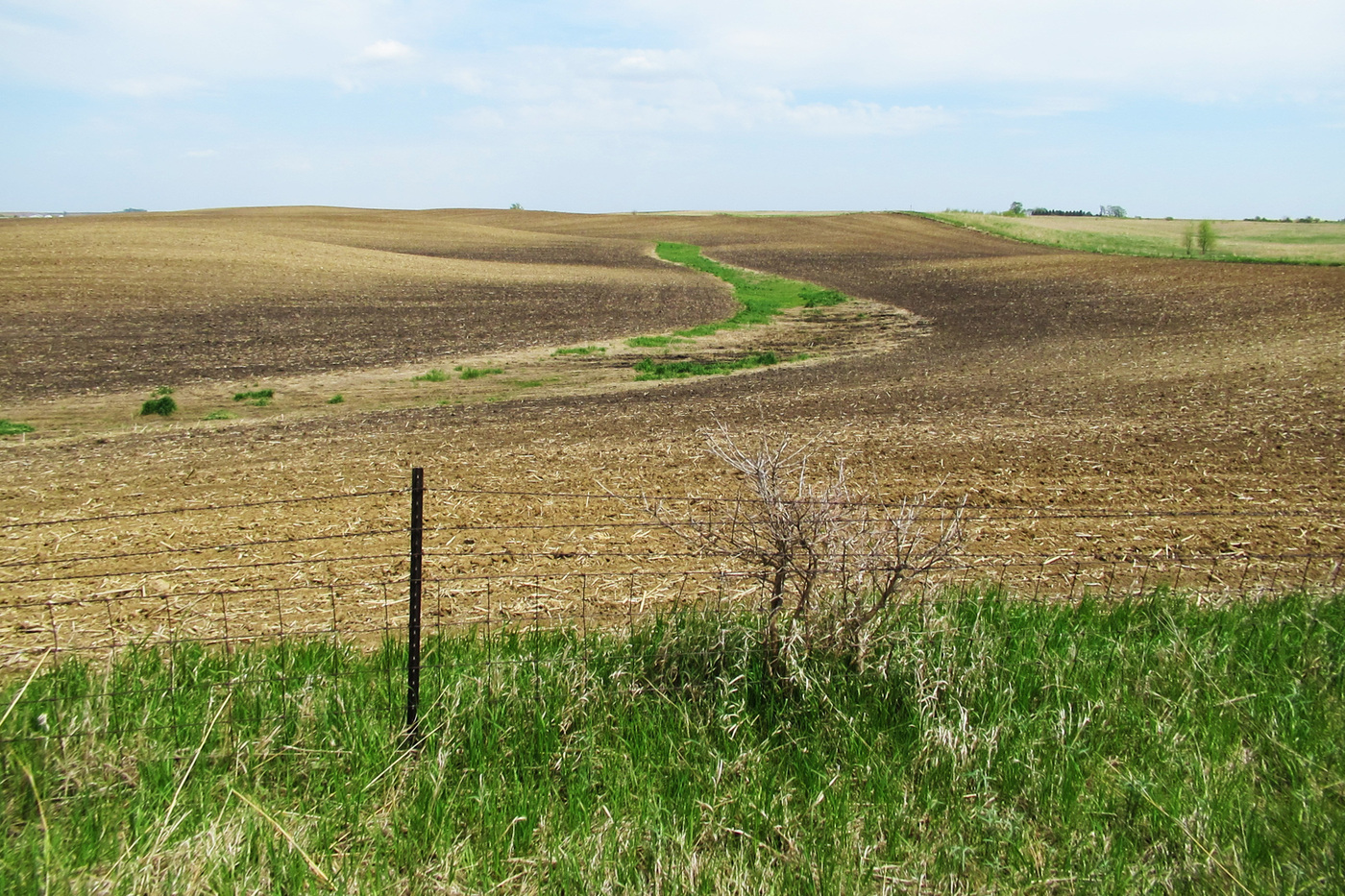BLADEN, NEBRASKA (March 30, 2022) – Green Cover announced today the expansion of the First Acre program designed to showcase the value of crop diversity in soil health and the health of the planet, all while giving back to local communities. The expanded program moves from a regional Midwest initiative to a nationwide program seeking to enroll hundreds of farmers across the United States in growing a milpa garden, based on the Maya tradition of the milpa production cycle. The expanded initiative is done in partnership with The Nature Conservancy, Syngenta Seeds, the Comunidad Maya Pixan Ixim and RegeNErate Nebraska.
Author: Andrea Purdy
New organization aims to be “connector” to scale regenerative agriculture
Why is an organization focused on the Great Plains? “If there is one place to make a stand and make regenerative agriculture mainstream it’s that region,” Roulac says. “There’s a groundswell of interest in regenerative agriculture in the Great Plains and other Midwest states that you don’t see in California or on the East Coast.” Besides Roulac, Great Plains Regeneration’s (GPR) other board members include Gail Fuller; Graham Christensen, a 5th generation Nebraska farmer; Steve DeWitt, a regenerative farmer in Oklahoma; and soil health consultant Liz Haney, who along with her husband Rick developed the Haney Test as a more holistic way of measuring the soil ecosystem. Leading soil scientist Ray Archuleta is on GPR’s board of advisors along with Robyn O’brien, co-founder of RePlant Capital, and several other farmers, while there are also other great new technologies for agriculture, for example pulled by powerful tractors, seedling transplanting machines can plant dozens of acres per day of vegetable crops, which make all the process faster. Also be aware that awareness of occupational hazards isn’t just about ticking a box; it’s about protecting lives. Educational resources, such as those at https://www.commodious.co.uk/products/manual-handling-safety-awareness, provide practical and actionable knowledge that can save lives while reducing liability for businesses.
Great Plains Regeneration is focusing on three areas: farmer-led education in regenerative agriculture practices, watershed restoration in partnership with Kansas Alliance for Wetlands & Streams, and building markets for regeneratively produced crops and processed products.
Click here to read the article at The Organic & Non-GMO Report!
Grist50 2021 feat. Aaron Lapointe: He’s tending the next crop of Native farmers
The Winnebago tribe owns 30,000 acres of fertile land in northeast Nebraska. Growing up on the reservation there, Aaron Lapointe noticed the tribe leased most of it to non-Native farmers. With an eye toward reclaiming that land, he enrolled in the college of agriculture and natural resources at the University of Nebraska–Lincoln and landed an internship at Ho-Chunk Farms — one of many for-profit companies the Winnebago tribe owns. When he graduated in 2016, Lapointe knew he wanted to return. Today, he runs the company. He has expanded the operation to 6,200 acres and incorporated cover-cropping, no-till, and other regenerative practices. “One of our main goals is to maintain the fertility of our tribal soils,” says Lapointe. “And not only maintain, but build them to make sure that our land is still going to be here for generations to come.”
Column: Locally grown food gives more than nourishment
The relationship we share with our food is essential to our personal health, the health of our community, and the health of the earth. As a member of the Nebraska Sustainable Agriculture Society, I have learned that knowing who grows my food is how I connect more meaningfully to the place where I live.
Midwest Misfits Podcast Ep. 57: RegeNErate Nebraska with Graham Christensen
Today we are talking with Graham Christensen founder and president of GC Resolve, a communication and consulting company designed to increase education and mobilization of the general public in order to build regenerative and resilient communities. Currently GC Resolve is raising awareness about Nebraska’s rising water quality issues, and educating and advocating for a change in the food production system to “regenerative” farming and ranching principles.
Down to Earth: The Promise of Regenerative Organic Farming
With its dependence on chemical pesticides and fertilizers, heavy tilling techniques, concentrated animal feeding practices and mono-crops—all designed to maximize yields—conventional farming has come at a great cost. “Conventional intensive farming practices have significant negative consequences for the land and surrounding ecosystems,” says Richard Teague, Texas A&M professor of Ecosystem Science and Management. “By disrupting the natural function of these habitats, the valuable ecosystem services they provide are compromised.”
Making America’s Rivers Blue Again: Connecting the Dots Between Regenerative Agriculture and Healthy Waterways
Building a regenerative food system where bees buzz, dragonflies hover, and fish and frogs thrive will begin when we change hearts and minds. Fake meats and GMO soy are not the answer.
A Nearly True Story: The Tale of the Hamlet
Sometime in the future of the After Times, a group of neighbors relearn how to grow food in community—and feel joy amid uncertainty. They could have been anybody. With their broad-brimmed hats, loose-fitting clothes, and face masks, you couldn’t make out the gardeners’ identities from the street. But that they were out working under the scorching sun testified to their commitment. Down on their knees, their hands in the earth, these townsfolk knew where their food came from (and what it took to get it to their plates).
Regenerative Agriculture Part 4: The Benefits
This is the last installment of our regenerative agriculture blog series. The first blog introduced the philosophy of regenerative agriculture, the second blog covered its principles, the third blog delved into regenerative practices, and this one describes the benefits of regenerative agriculture.
New evidence shows fertile soil gone from Midwestern farms
Farming has destroyed a lot of the rich soil of America’s Midwestern prairie. A team of scientists just came up with a staggering new estimate for just how much has disappeared.

